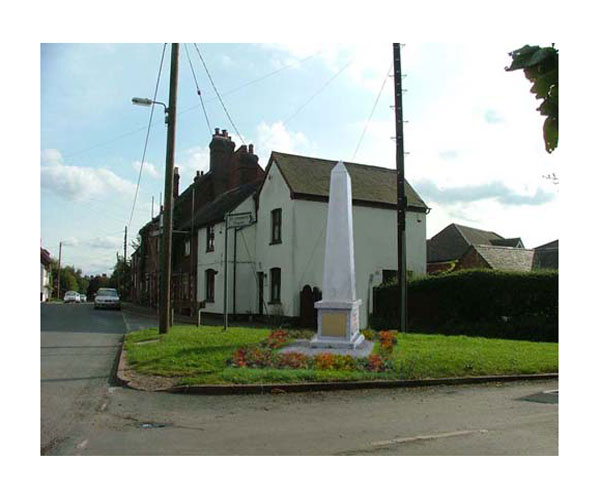Service
He spent almost a decade in India, 1832-1841. The muster roll for the period shows him "On Service in Scinde", and was almost certainly at Ghuznee [see below, on medal entitlements].
Returned from India aboard the Repulse, 27th of March 1842, having left Bombay 28 December 1841.
[PB, Jan, 2104: According to Wendy Leahy, he embarked for India on the 9th of March 1832 aboard the Abercrombie Robinson, arriving at Bombay on the 21st June 1832; and returned from Bombay, 10th of November 1841, arriving Gravesend 12th of March 1842, aboard the Mary. http://shadowsoftime.co.nz/4ths/dragoonpq/parkes3.html (accessed 31.1.2014)]
Saved the life of 1295 Trumpeter Hugh Crawford, 4th Light Dragoons, during the Charge at Balaclava, 25th October 1854, for which he was awarded the Victoria Cross (for more details, see below).
Samuel Parkes saving the life of Trumpeter Crawford. Painting [ADD INFO]
(Click on image to enlarge)
Taken prisoner of war at Balaclava after his horse had been shot under him. He was Orderly to Colonel Lord George Paget at the time.
Joseph Grigg mentions Parkes in his account of the Charge:
"Private Samuel Parks, Lord Paget's orderly, who dismounted to pick up Trumpet-Major Crawford, was taken prisoner with several others.
After thirteen months he was exchanged, and Lord George Paget asked him all about his doings. He told us that General Menschikoff said to him, "Did they make all your men drunk before the charge?"
"No Sir," he answered, "unless a pen'orth of rum in an evening would do it, for we only pay a penny a day for our allowance."
"Well," said the General, as he walked away, "I never saw a prettier charge in all my life."
Parks also told us that he and some others were taken to St. Petersburg, where they were well treated, and allowed eightpence a day each for food, which was very cheap."
[Source: "The Charge of the Six Hundred" by Joseph Grigg, 4th Light Dragoons', in Told from the Ranks: Recollections of Service by Privates and Non-Commissioned Officers of the British Army 1843-1901, by E. Milton Small, pub. 1901. Transcribed by Wendy Leahy and available online on her website, http://shadowsoftime.co.nz/JosephGrigg4LD1.html (accessed 31.1.2014). It can also be viewed <>here.]
Rejoined the regiment from Odessa, 22nd of October 1855.
A nominal roll of men of the regiment at the Cavalry Depot, Scutari, made out on 9th of November 1855, shows him as a Prisoner under sentence of Court-martial from 4 November.
See record of 1292 Joseph Armstrong for details of the courts-martial held on the returned prisoners of war.
Statement of Samuel Parkes to the Court:
"I was with the 4th Light Dragoons in the charge at Balaclava on the 25th of October 1854, and my horse was shot under me. I was at once surrounded, and made prisoner. I was sent by the Russians to Simpheropol, where I remained until being sent about 1200 miles up the country.
I was kept there until August the 27th 1855, when together with the other prisoners I was sent to Odessa, from whence I was forwarded to Balaclava and reached that place on the 25th of October 1855."




